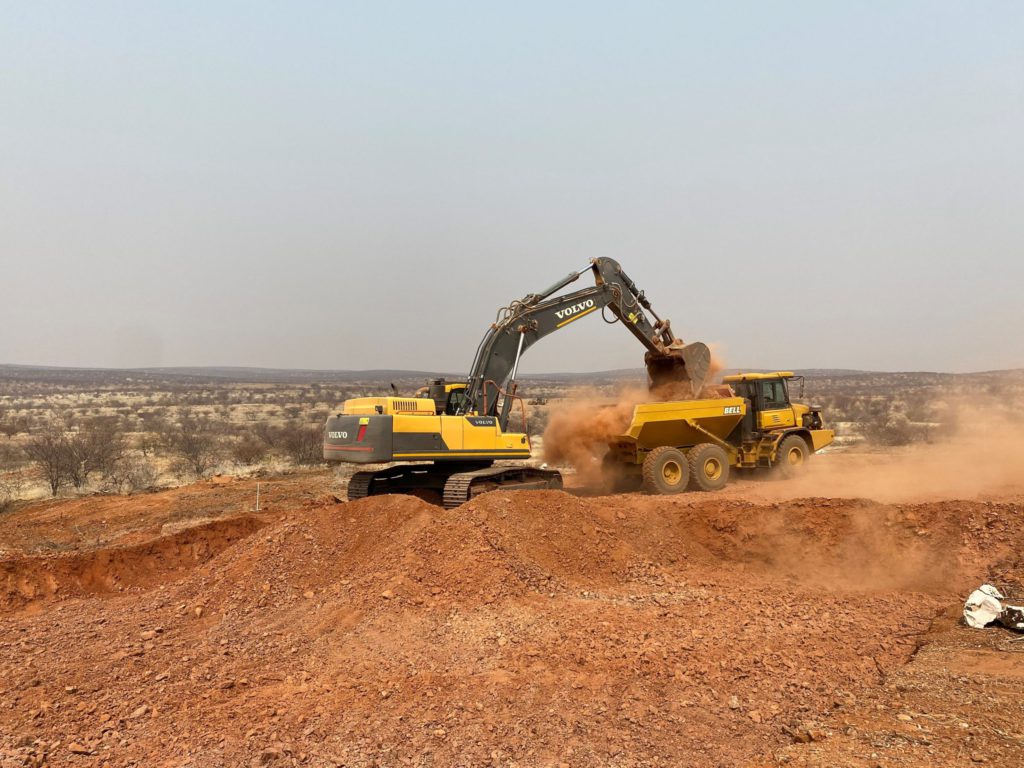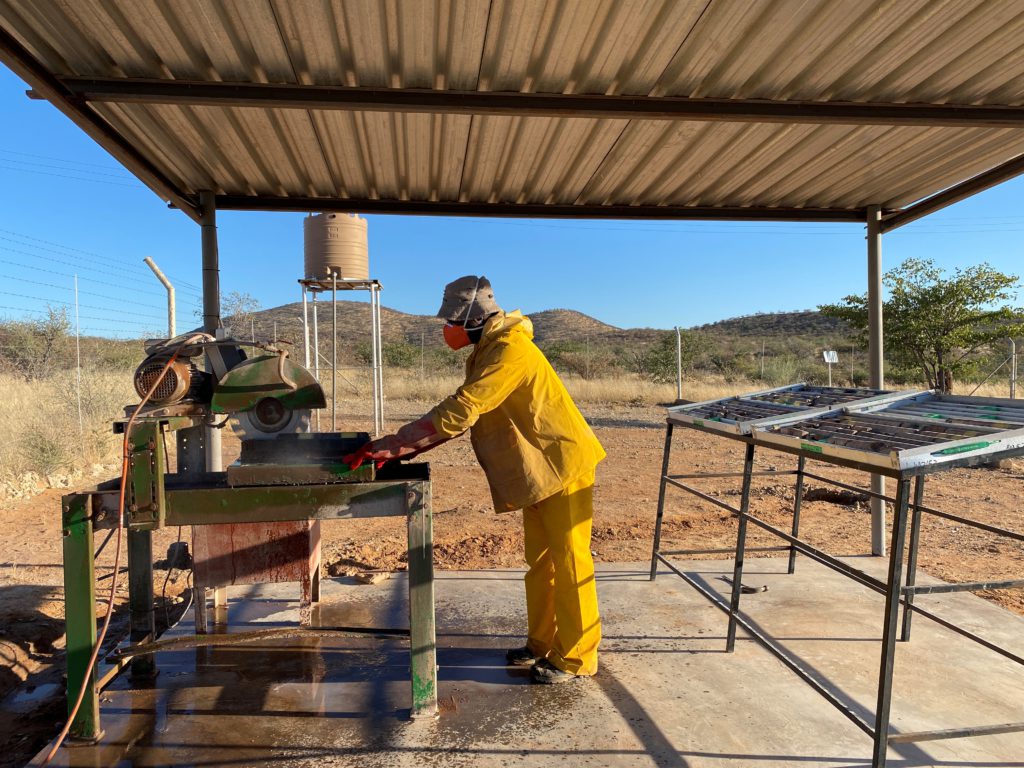JV Article: Namibia Critical Metals advances Lofdal heavy rare earth project with Japan’s JOGMEC


Namibia Critical Metals (TSXV: NMI; US-OTC: NMREF), has taken an important step toward production at its Lofdal rare earth project, a globally significant deposit of the heavy rare earth metals dysprosium and terbium. The Nova Scotia-based explorer has launched a prefeasibility study for Lofdal, building on a positive preliminary economic assessment (PEA) released in the fall.
The study envisaged a 16-year mine life with annual production of 2,000 tonnes of total rare earth oxides (TREO), including 117 tonnes of dysprosium and 17.5 tonnes of terbium from two shallow open pits. The PEA was based on mining 26 million tonnes of TREO — half of the estimated resource – during the initial 16 years, with the possibility of going underground to access the rest of the resource. Drilling to 350 metres has found the deposit open at depth.
Located in central Namibia, 350 km northwest of Windhoek, Lofdal’s main Area 4 deposit hosts 48.7 million tonnes of TREO, including 5.9 million tonnes grading 0.21% TREO in the measured category, 36.6 million indicated tonnes grading 0.16% TREO and 6.1 million inferred tonnes grading 0.17% TREO. The company reports an additional 4.8 million indicated and inferred tonnes grading 0.19% TREO at its satellite Area 2B deposit.
Other larger rare earth projects producing 20,000 to 25,000 tonnes of TREO annually can only produce an estimated 50 tonnes of dysprosium annually, said Namibia Critical Metals’ president Darrin Campbell. “Our project which we envisage to be one-tenth the size, can produce more than twice the volume of dysprosium because of the xenotime mineralogy which we have at our site.”
Campbell’s confidence in the project is reinforced by the company’s 2020 joint venture agreement with the Japan Organization for Metals and Energy Security (JOGMEC) and the predicted critical shortage of dysprosium and terbium over the next decade.

The JV agreement gives JOGMEC, a Japanese government agency with a mandate to secure natural resources for Japanese industry, a 40% interest in the Lofdal project once it has contributed $10 million in exploration funding, a milestone it is close to reaching having already spent $8.5 million by mid-January. An additional outlay of $10 million will qualify JOGMEC for a 50% interest in the company.
Underlining the significance of the JV, Campbell points out that over a decade ago, JOGMEC entered into a JV with Lynas Rare Earths, a small light rare earth explorer in Australia.
“Today,” he said, “Lynas is the largest rare earth company in the world with a market cap of $7 billion. JOGMEC has funded Lynas to the tune of a little more than US$250 million to date to secure offtake of light rare earths, so they have now turned their attention to our Lofdal project as a potential long-term supplier of heavy rare earths.”
Dysprosium and terbium are two of the critical metals used in the production of permanent magnets for EV motors and wind turbines. Dysprosium currently sells for US$400 per kg, while terbium goes for north of US$2,000 per kg, noted Campbell.
With a 25-year mining licence and an environmental clearance certificate from the government in hand, the project is fully permitted.
The company published an initial resource of 6 million tonnes of TREO in 2012 and released a PEA in 2014 proposing a mine life of six and a half or seven years, but struggled to attract attention. “We were essentially on care and maintenance for a number of years waiting for the macroeconomic climate to change and attract a JV partner to help take us to the next level,” said Campbell. “That took us until 2019 and 2020 when we finalized the deal with JOGMEC.”
Namibia Critical Metals has invested a total of $32.5 million in the project since acquiring it in 2008. That includes $24 million of its own funds and $8.5 million from JOGMEC. Since acquiring the property, the company has drilled 334 holes for a total of 44,619 metres. The big increase in resources from 6 million tonnes to 53 million tonnes occurred following the JV agreement with JOGMEC in 2020 when 99 holes were drilled for a total of 16,215 metres.
The company’s geological team came up with a new hypothesis for the 2020 drilling program that proved to be “bang on,” said Campbell. “They cracked the deposit’s geological code and discovered the project’s first satellite deposit 3 km northwest of our main Area 4 deposit.”
With the underground option and the possible discovery of additional satellite resources, Campbell claims the project has the potential to be in operation for decades.
Last fall, the company took a 32-tonne bulk sample for metallurgical analysis and recently completed a geotechnical drilling program to firm up the design of the open pit. A 15,000-metre definition drilling program is underway to move more resources into the measured and indicated categories, and an increase in annual production to 3,000 tonnes of TREO is under consideration.
The PEA envisages taking the product through a hydrometallurgical circuit onsite to produce a mixed rare earth oxide product that will require final separation. Namibia Critical Metals also has an 1,800-sq.-km early-stage gold project in Namibia for which it is seeking a joint venture partner.
The preceding Joint-Venture Article is PROMOTED CONTENT sponsored by Namibia Critical Metals and produced in cooperation with The Northern Miner. Visit www.namibiacriticalmetals.com for more information.
Comments